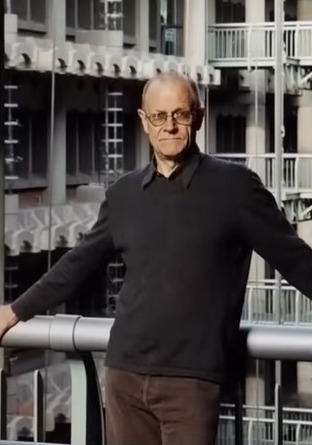
In 1991, architect Mick Pearce faced a challenge. He was hired by an investment group in Harare, Zimbabwe to design the country’s largest office and retail building. However, the group was not willing to pay for the cost of air conditioning needed to cool the large building.
Pearce had to find a solution for cooling the building without relying on traditional air conditioning systems. This led him to discover the concept of biomimicry, where he looked to nature for inspiration.


One of the sources of inspiration he found was the termite mound. Millions of termites live in these structures, which can reach up to 30 feet in height. Despite their solid appearance, they are covered in tiny holes that allow air to circulate freely. The structure operates like a lung, inhaling and exhaling as temperatures change throughout the day.

With this in mind, Pearce designed the Eastgate Centre. The building is made of concrete slabs and brick, materials with high thermal mass that can absorb heat without changing temperature. The exterior of the building is designed to resemble a cactus, increasing its surface area for improved heat loss at night and reduced heat gain during the day.

Low-power fans inside the building pull in cool night air from outside, dispersing it throughout the seven floors. The concrete blocks absorb the cold, insulating the building and chilling the circulating air. When temperatures rise in the morning, warm air is vented through the chimneys.
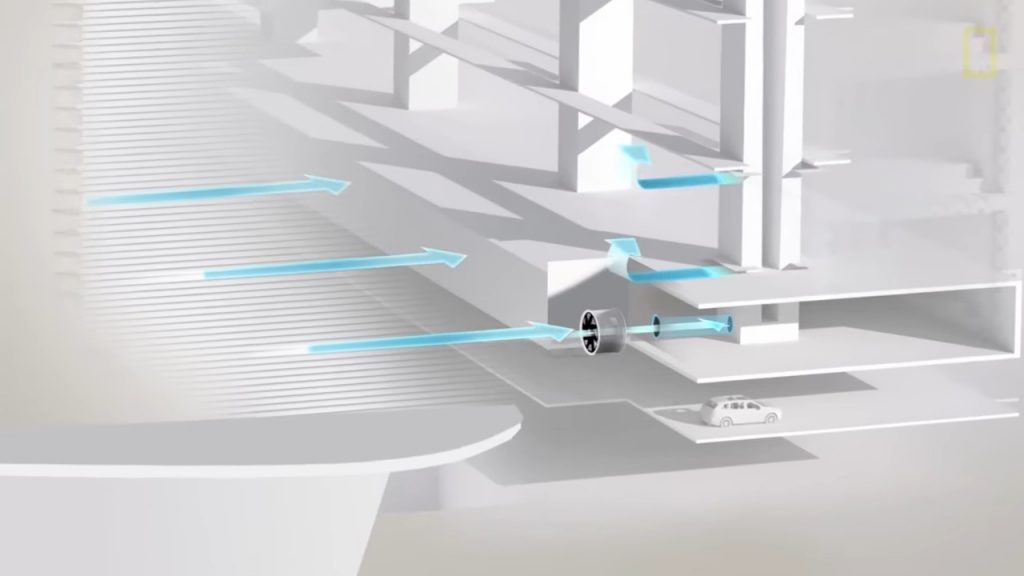
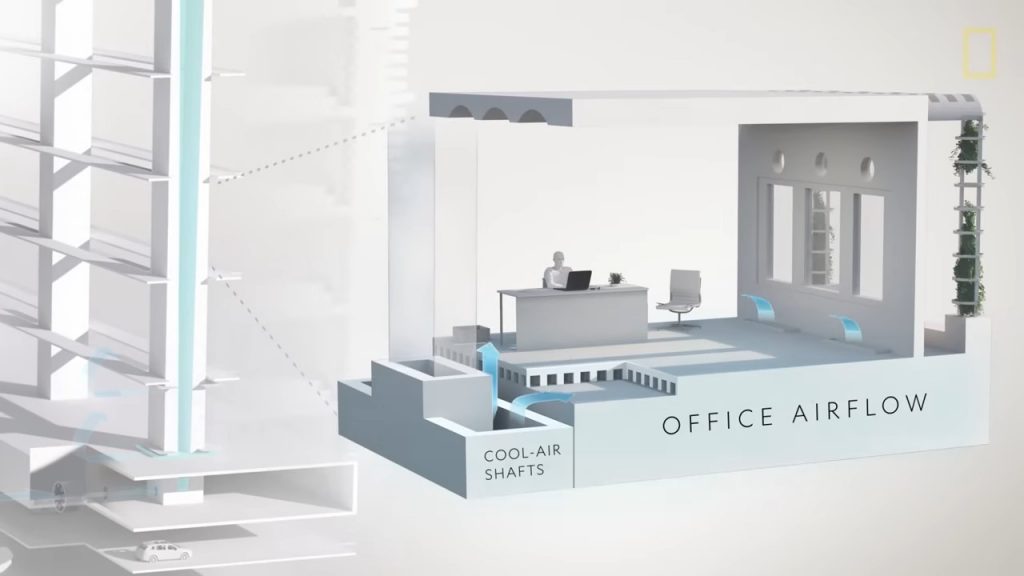
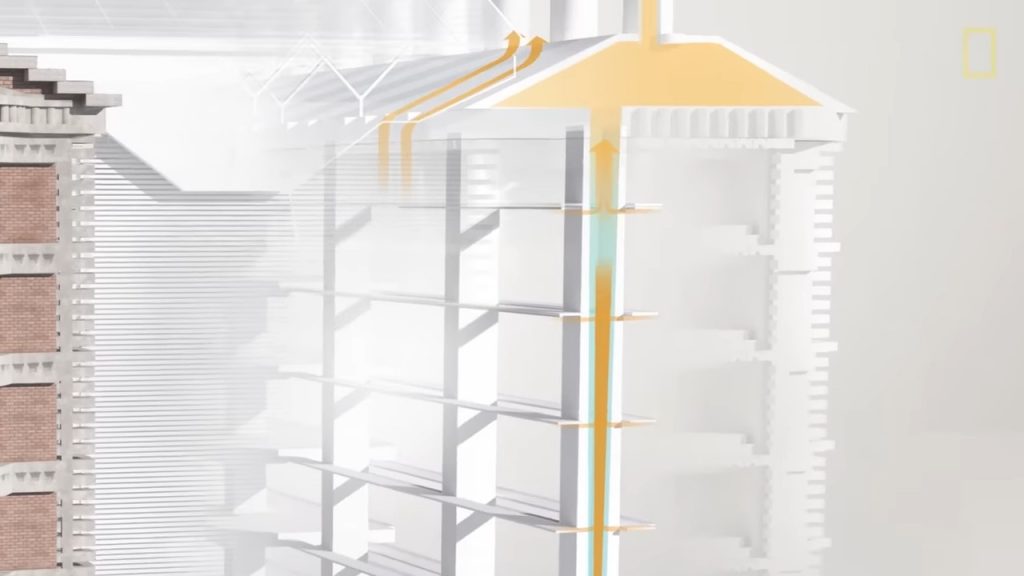
Thanks to its innovative design, the Eastgate Centre maintains a comfortable temperature of 82 degrees during the day and 57 degrees at night, using 35% less energy than similar buildings in Zimbabwe. Since its opening in 1996, the 90% natural climate control system has made the Eastgate Centre a global symbol of sustainability.
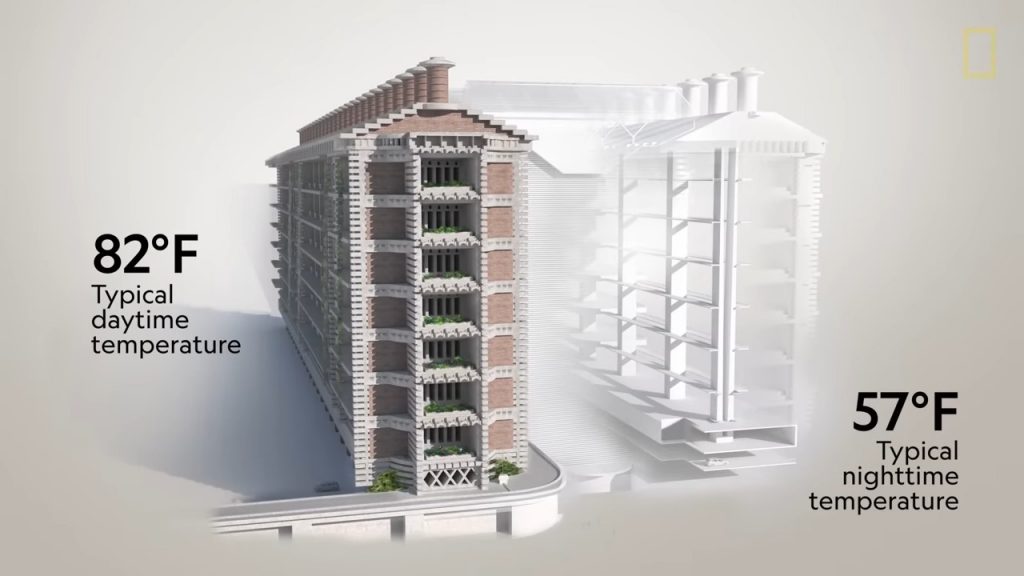
The Eastgate Centre serves as a reminder that Mother Nature has a lot to offer if we pay closer attention and seek out its innovative solutions.
See How Termites Inspired a Building That Can Cool Itself
Keywords: biomimicry, self-cooling buildings, termites, sustainability, architecture, innovative solution, climate control, architect Mick Pearce










 Folding 18m2 beach-flat sleeps 5, feeds 10 + cocktail terrace
Folding 18m2 beach-flat sleeps 5, feeds 10 + cocktail terrace